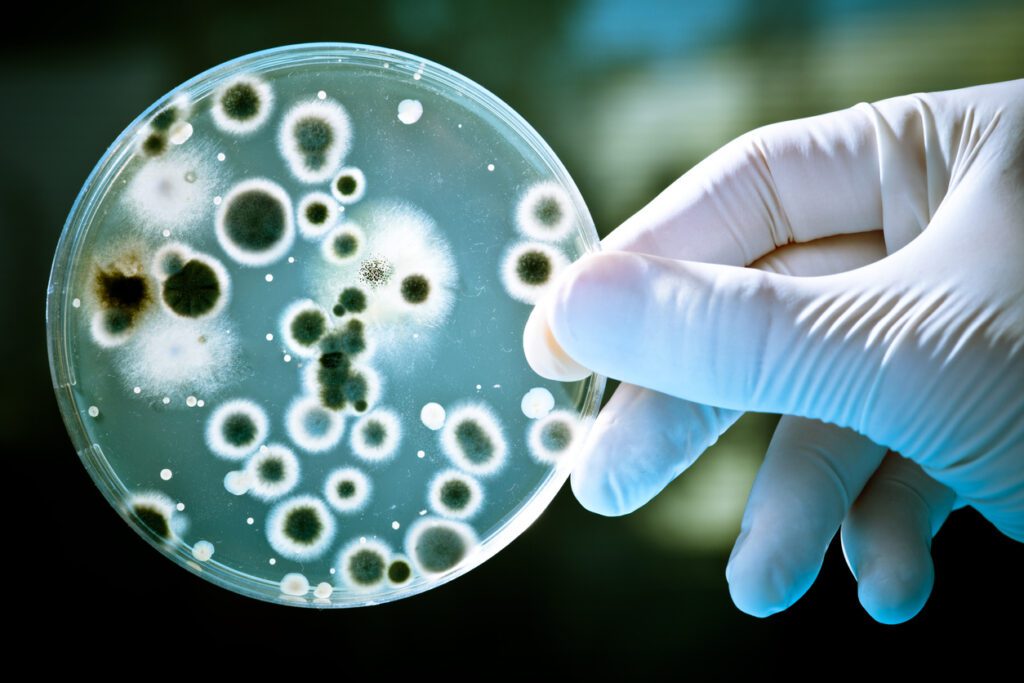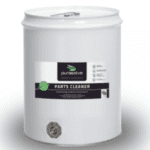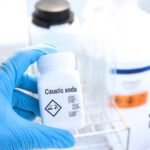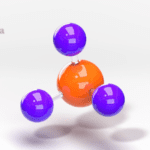Biodegradation in nature can be classified into two main categories: aerobic and anaerobic. Aerobic biodegradation occurs in the presence of oxygen and is carried out by microorganisms such as bacteria and fungi. The metabolic pathways involved in this type of biodegradation produce carbon dioxide, water and energy as by-products. Anaerobic biodegradation takes place in the absence of oxygen and is carried out by microorganisms such as methanogens and sulfate-reducing bacteria. The by-products of anaerobic biodegradation are methane, carbon dioxide and sulfur compounds.
To determine the suitability of a biodegrading product, several factors must be considered. These include:
- Biodegradability: This refers to the ability of the product to break down into smaller, non-toxic components in the environment.
- Toxicity: The product should not contain harmful chemicals that can harm humans, animals or the environment.
- Rate of biodegradation: The product should biodegrade at a rate that is consistent with the natural cycles and processes of the environment.
- Microbial activity: The product should not inhibit the growth and activity of beneficial microorganisms in the environment.
- End-product validation: The end-products of biodegradation should be non-toxic and should not contribute to environmental pollution.
To determine the biodegradability of a product scientifically, various methods can be used such as:
- Biodegradation tests: This involves exposing the product to environmental conditions and monitoring its breakdown over time. OECD modified Strum 301 A,B are some of the tests
- Chemical analysis: The product can be analyzed to determine the presence of harmful chemicals or substances.
- Microbial assays: The product can be tested for its impact on microbial activity in the environment.
- Ecotoxicity tests: This involves evaluating the impact of the product on different organisms in the environment such as plants, fish, and insects.
To determine the suitability of a biodegrading product, a comprehensive evaluation of its biodegradability, toxicity, rate of biodegradation, impact on microbial activity and end-products should be carried out. Scientific methods such as biodegradation tests, chemical analysis, microbial assays, and ecotoxicity tests can be used to achieve this. It is important to consider these factors in order to promote the use of environmentally friendly products that are safe for humans, animals and the environment. ASTM D5511 test, ISO 14851 test, and EC 648/2004 test provide a standardized and widely accepted approach to determining the biodegradability of a substance.
We will explore each of these categories in detail. This current blog concentrates on Chemical Analysis and Microbial Assays, while the next blog will concentrate on Biodegradation Tests and Ecotoxicity Tests.
Chemical Analysis
Chemical analysis is a method used to determine the biodegradability of a product by measuring the changes in its chemical composition over time. The following are some common chemical analysis methods used to evaluate the biodegradability of a product:
- HPLC (High Performance Liquid Chromatography): This technique separates and measures the individual components of a substance over time to determine the rate of biodegradation.
- GC-MS (Gas Chromatography-Mass Spectrometry): This method identifies and quantifies the degradation products of a substance by separating the components and detecting them with a mass spectrometer.
- FTIR (Fourier Transform Infrared Spectroscopy): This technique uses infrared radiation to identify the chemical composition of a substance and monitor changes over time to evaluate its biodegradability.
- NMR (Nuclear Magnetic Resonance): This method measures the molecular structure of a substance to determine its biodegradability.
- Elemental analysis: This method measures the carbon, hydrogen, nitrogen and other elements in a substance to evaluate its biodegradability.
These chemical analysis methods provide important information about the biodegradability of a substance, such as the rate of degradation, the end-products of degradation, and the chemical changes that occur during biodegradation.
Chemical analysis is an important method for determining the biodegradability of a product, whether it is industrial, commercial, institutional, or for domestic use. By measuring the changes in the chemical composition of a substance over time, chemical analysis can provide valuable information about its biodegradability and impact on the environment.
Microbial Tests
Microbial tests are laboratory methods used to evaluate the safety and biodegradability of a product, ingredient, or raw material by testing its interaction with microorganisms. The following are some common microbial tests used to determine the biodegradability of a product:
- Inoculum-Based Tests: These tests involve exposing a substance to a controlled population of microorganisms and measuring the rate of biodegradation.
- Respirometry Tests: These tests measure the amount of oxygen consumed or carbon dioxide produced during biodegradation to determine the biodegradability of a substance.
- Biodegradation rate tests: These tests determine the rate of biodegradation by monitoring the decrease in the concentration of a substance over time in the presence of microorganisms.
- Ecotoxicity tests: These tests evaluate the toxicity of a substance to microorganisms and other organisms in the environment to determine its biodegradability and impact on the ecosystem.
- Bioaccumulation tests: These tests determine the potential for a substance to accumulate in the tissues of organisms, which can impact the health of the organisms and the ecosystem.


These microbial tests provide important information about the biodegradability and safety of a substance, such as the rate of degradation, the end-products of degradation, and the impact of the substance on the environment and living organisms.
Microbial tests play an important role in determining the safety and biodegradability of a product, ingredient, or raw material used in homes, industries, or institutions. By evaluating the interaction of a substance with microorganisms, these tests can provide valuable information about its biodegradability and impact on the environment and living organisms.
























